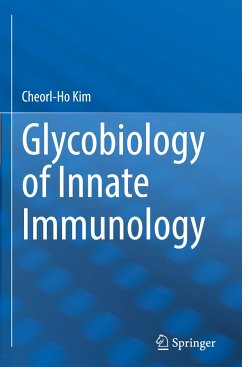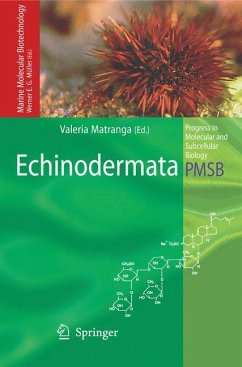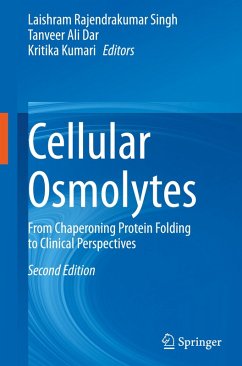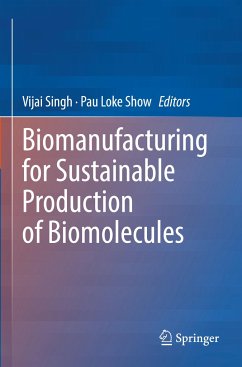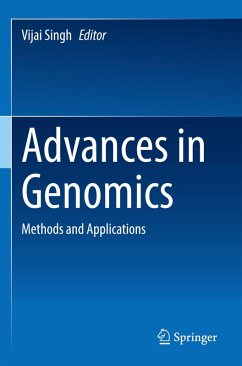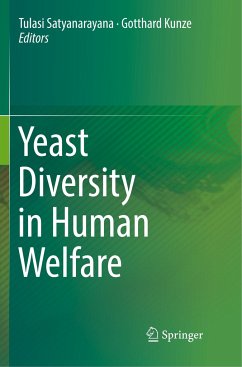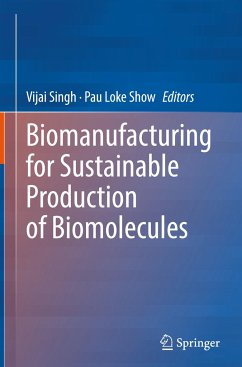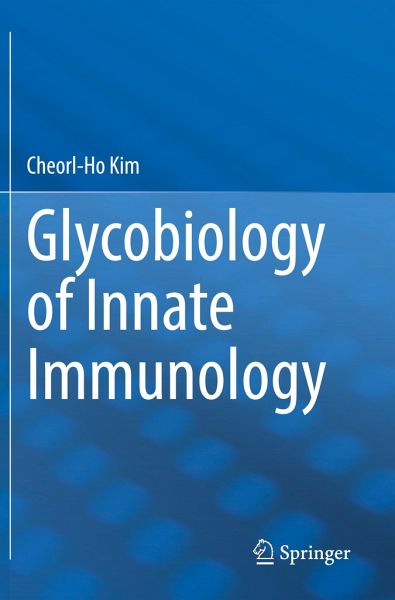
Glycobiology of Innate Immunology
Versandkostenfrei!
Versandfertig in 6-10 Tagen
121,99 €
inkl. MwSt.
Weitere Ausgaben:

PAYBACK Punkte
61 °P sammeln!
This book presents the latest knowledge and the most recent research results on glycobiology of innate immunology. Innate immunity is the crucial part of the immunological defense system that exerts their distinct functions through binding to certain functional glycoproteins. They play a role in various human diseases and also function against microbial invaders and self-associated molecular patterns. Co-regulated expression of glycan-binding is associated with many biological components such as cellular oncotransformation, phenotype change, neuronal or embryonic development, regulation of cel...
This book presents the latest knowledge and the most recent research results on glycobiology of innate immunology. Innate immunity is the crucial part of the immunological defense system that exerts their distinct functions through binding to certain functional glycoproteins. They play a role in various human diseases and also function against microbial invaders and self-associated molecular patterns. Co-regulated expression of glycan-binding is associated with many biological components such as cellular oncotransformation, phenotype change, neuronal or embryonic development, regulation of cell division, cell-cell interaction, cell attachment, adhesion, and motility, and intracellular signaling via protein-carbohydrate or carbohydrate-carbohydrate interactions.
This book opens by providing the key background on glycans in innate immunity and its mechanisms behind the Dendritic cell interactions during infection and inflammation are examined in depth, and the concludingchapteris devoted to signaling tumor immunotherapy. Up-to-date information is then presented on all aspects of glycan structure-recognizing signaling. The book should assist in the further development of new strategies against emerging infectious agents and intractable diseases.
This book opens by providing the key background on glycans in innate immunity and its mechanisms behind the Dendritic cell interactions during infection and inflammation are examined in depth, and the concludingchapteris devoted to signaling tumor immunotherapy. Up-to-date information is then presented on all aspects of glycan structure-recognizing signaling. The book should assist in the further development of new strategies against emerging infectious agents and intractable diseases.



